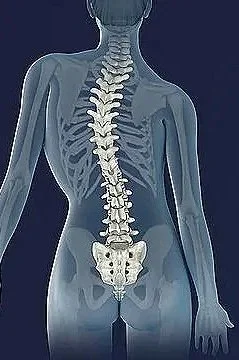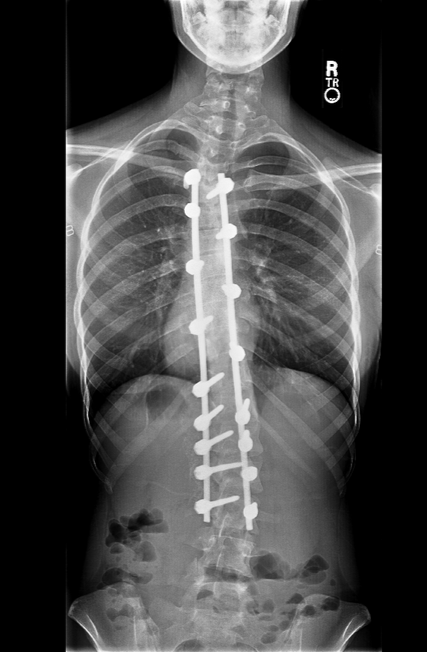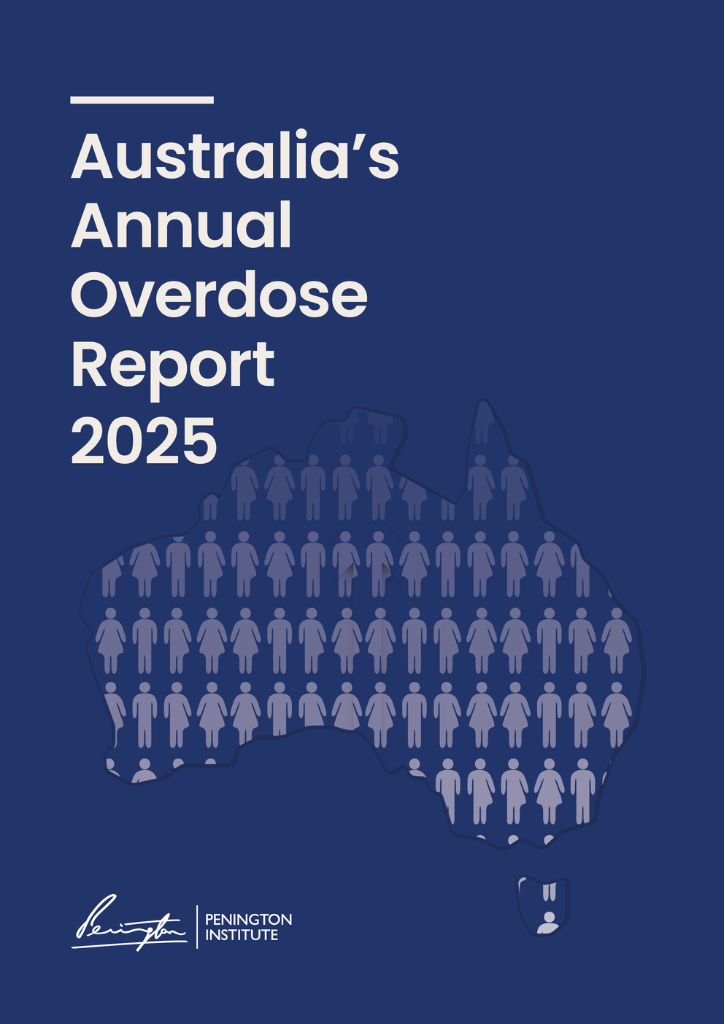By Arthur Allen and Renuka Rayasam, KFF Health News
Public health officials watched with dread as a panel shaped by the Trump administration took up an agenda to begin dismantling six decades of vaccination development and progress.
But while the result seemed foretold, the debate was far from unanimous.
The Advisory Committee on Immunization Practices, or ACIP, met at a satellite campus of the Centers for Disease Control and Prevention because the agency’s headquarters were still smashed up from a deadly gun attack last month by a man who said the covid vaccine had made him depressed and suicidal.
Health and Human Services Secretary Robert F. Kennedy Jr. has made it clear he wants the panel to change the CDC’s childhood immunization schedule, which establishes, sometimes with legal authority, which vaccines are to be mandated, paid for, and administered by states, insurers, and doctors across the country.
Kennedy fired the 17-member panel in June and has so far restocked it with 12 people, including outspoken critics of vaccination. On Sept. 18, the new panel’s discussions reflected its thin expertise and ignorance of how the vaccination schedule came to be. Scientific questions answered decades ago were asked as if they were brand-new.
“We are rookies,” said biostatistician Martin Kulldorff, the committee’s chair, noting many “technical issues that we might not grasp as of yet.”
Paul Offit, director of the Vaccine Education Center at Children’s Hospital of Philadelphia, watched the telecast anxiously.
“It reminds me when as children we would have a mock United Nations meeting,” he said. “This would be like that, except we would have actually made decisions for the United Nations.”
In one key vote, the committee came close to recommending that COVID-19 shots only be available by prescription. Kulldorff broke a 6-6 tie by voting against the proposal as chair.
The ACIP panel then voted unanimously in favor of a process called “shared clinical decision making,” in which patients are encouraged to speak to a doctor, nurse or pharmacist before getting their COVID shots.
"In the prior seasons of COVID, we've had routine vaccine access — you or I could go to our pharmacy or doctor's office and just get our vaccine, it was encouraged as a routine recommendation," said Jen Kates, director of global health and HIV policy at KFF.
‘Recycled Anti-Vax Talking Points’
Kennedy’s CDC accomplished what 30 years of public health attempts to fight anti-vaccine sentiment hadn’t: a head-to-head comparison of evidence and arguments. But while the winner was clear in the eyes of most experts, some doubted the result would be good.
“The whole purpose of the people on this committee is to circulate these old recycled anti-vax talking points,” said Sean O’Leary, a professor of pediatrics at the University of Colorado who previously was a liaison from the American Academy of Pediatrics to ACIP.
On Friday morning, he said, a colleague had a mother in his practice who refused the measles, mumps, and rubella vaccine “because she heard something bad in the news about it last night.”
Until now, public health owned places like ACIP, while vaccine foes and skeptics dominated social media. At this meeting, the skeptics had moved onto public health’s turf — where sometimes flimsy arguments and expertise were exposed.
Pharmacist Hillary Blackburn, for example, asked why children needed two measles, mumps, and rubella shots. ACIP began recommending a second shot in 1989 during a deadly measles outbreak. The two-shot regimen provided more than 95% immunity and led to the virtual elimination of measles from the United States. This year under the Trump administration more than 1,400 cases have been reported, mostly in unvaccinated people.
In one noteworthy gaffe, ACIP member Retsef Levi, a Massachusetts Institute of Technology operations management professor, misinterpreted data from a graph showing declines in hepatitis B in the United States since the 1980s. While rates had fallen in older groups, Levi said, cases in babies hadn’t declined substantially since 2005, when he inaccurately said a birth dose was first recommended.
“Where’s the argument to vaccinate even younger children at all,” he said. “Where is the benefit?”
In fact, the recommendation for a newborn shot began in 1991 and was reinforced and expanded in 2005. The first generation of hepatitis B-vaccinated babies are well into their 30s now.
“As time goes on,” CDC scientist Adam Langer patiently explained, “the people who benefited from the change in policy at the very beginning of the policy are moving into different age groups.”
Kulldorff, Levi, and committee member Evelyn Griffin, a gynecologist, also suggested that vaccines shouldn’t be recommended unless they are tested in placebo trials, which would require certain children not to be vaccinated — a practice considered unethical.
Kulldorff began the meeting defiantly. He did not mention the CDC shooting, but disparaged former agency officials Kennedy had forced out and challenged nine former CDC directors to a debate.
He also asked if anyone in the audience would eat a hot dog laced with thimerosal, the mercury-containing preservative the committee banned from influenza vaccines at its last meeting. (No one has ever offered thimerosal as a condiment, but years of study showed the minuscule amounts in vaccines did no harm).
At the June meeting, HHS censored a CDC appraisal of thimerosal while inviting an anti-vaccine activist to present an error-filled criticism of the substance. But on Sept. 18 the panel got what looked like straight science from CDC professionals.
As the committee prepared to debate ending a 34-year-old ACIP recommendation for babies to get a dose of the hepatitis B vaccine at birth, CDC career scientists Langer and John Su presented evidence of the vaccine’s safety and benefits.
Langer also laid out the history of the fight against hepatitis B — including the failed effort to control the disease by vaccinating people most at risk, including people who use drugs, sex workers, and pregnant women who tested positive for the virus. Years of trial and error showed that in the U.S., at least, it was necessary to vaccinate newborns to really knock down the disease.
Levi, who frequently mentions the vaccination status of his own six children, challenged the idea that a healthy baby from a “normal” household — one with no history of drug use or prostitution — needed the vaccine.
Cody Meissner, one of three panel members who put up a spirited defense of the status quo in the hepatitis debate, noted that when it comes to vaccination campaigns, “the more we try and define a target group to vaccinate, the less successful we are.” Meissner, a Dartmouth College professor, has published studies of vaccines and the diseases they fight since the 1970s.
Long-observed tropes of vaccine skepticism were abundant on the first day of the meeting. Levi praised a 2004 study from Guinea-Bissau, an outlier that suggested that babies, especially females, were more likely to die if they got a hepatitis B shot. Other panelists said the study, performed in a poor country with high infant mortality where children got an outdated vaccine, wasn’t relevant. But more studies were needed in general, Levi said. “We sit here with very lousy evidence,” he said.
Nurse Vicky Pebsworth of the National Vaccine Information Center, which opposes all vaccine mandates, frequently brought her own selective research into the meeting. She read off the names of studies other panelists hadn’t received to back her arguments that vaccines under discussion were not safe.
But while “too many, too soon” is a common anti-vaccine refrain, Judith Shlay from the National Association of County and City Health Officials, which had a nonvoting chair at the meeting, used it to support the current schedule. She pointed out that the panel’s debate over a combination measles, mumps, rubella, and varicella shot for children would result in a separate shot for the virus that causes chickenpox, adding to the number of inoculations on the childhood schedule.
“Some parents want to have fewer injections,” she said.
With an 8-3 vote at the end of the day, the committee nonetheless recommended separate vaccinations for MMR and chickenpox.
Everyone seemed puzzled about what had transpired with an ensuing vote on whether the Vaccines for Children Program, which pays for more than half of childhood vaccinations, should respond to ACIP’s new recommendation. The panel revoted on the issue on Sept. 19.
Nor could anyone provide a clear answer as to what prompted the committee’s discussion and planned vote on the birth dose of hepatitis B vaccine, since there was no new evidence suggesting any harm from it.
Two of Kennedy’s senior aides, both vaccine skeptics, pushed the hepatitis B discussion onto the ACIP schedule, according to testimony at a Sept. 17 Senate hearing by former CDC chief medical officer Debra Houry, who resigned to protest administration policies.
ACIP member Robert Malone, who has claimed that mRNA vaccines are dangerous, said hepatitis B was on the agenda because it is given to newborns at birth and of special concern to parents newly awakened to vaccine doubt. He appeared to nod off during a CDC staff presentation on the safety of the hepatitis B shot.
Vaccination of babies has always triggered parents. The 19th-century poet Alexander Hope Hume described evil vaccinators who turned “the rosy darling” who “crows with glee” into “a wailing infant” whose every vein “ferments with poison.”
The agenda item was not really about the merit of the hepatitis B vaccine, Malone acknowledged.
“The signal that is prompting this is not one of safety; it’s one of trust,” he said.
But in the end, the committee reconsidered what would have been its first drastic move to reverse a successful U.S. vaccination campaign. It postponed its vote on the hepatitis B birth dose.
KFF Health News is a national newsroom that produces in-depth journalism about health issues.







